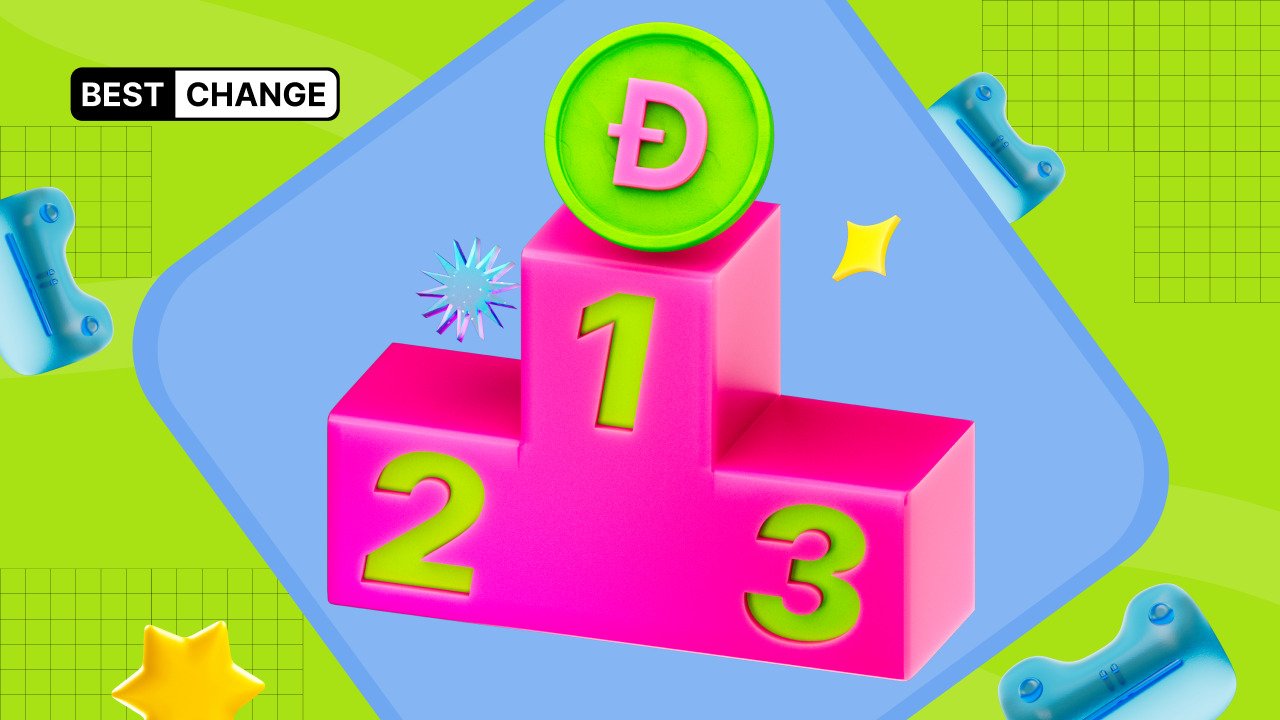Dogecoin: how a memecoin outpaced tech projects and became a cultural phenomenon

The first memecoin in history, Dogecoin, is among the top ten digital assets by market capitalization, which, as of August 2025, stands at $35.3 billion. By this metric, Dogecoin ranks eighth in the overall cryptocurrency ranking.
This puts Dogecoin above even such technologically strong projects as Cardano, Tron, Polkadot, Toncoin, and Avalanche. In this article, we will explore how Dogecoin, competing with tech giants of the crypto industry, became a true cultural phenomenon.
Dogecoin — a cultural phenomenon versus technological innovation
In theory, it is innovation — like Bitcoin once was — that should serve as the main driver for the growth of crypto projects. However, the case of Dogecoin (DOGE) illustrates that community recognition plays the key role — the memecoin has gained great cultural value and became the first digital symbol of mass culture.
And this happened despite the absence of innovation: Dogecoin is not even an original blockchain. It was created based on the Litecoin blockchain, which itself is a fork of Bitcoin. Moreover, since its creation, Dogecoin's blockchain has not had a single systemically significant upgrade, unlike Bitcoin (e.g., SegWit and Taproot protocols) and Ethereum (The Merge, Dencun, and Pectra upgrades).
According to crypto sociologist Jessica Liu from MUT Media Lab, Dogecoin is the first case in financial history where the community itself becomes the currency. People buy DOGE not for technology, but for belonging to something bigger — a movement, irony, solidarity.
In other words, instead of uniting the community around new technology and significant investment prospects, Dogecoin created an entire cultural layer and became its leader. Thanks to Dogecoin, a separate memecoin segment emerged, later filled by other major players such as:
- Shiba Inu (SHIB),
- Pepe (PEPE),
- Bonk (BONK),
- FLOKI (FLOKI), and others.
For example, as of August 2025, Dogecoin surpasses the leading altcoin Ethereum in the number of Twitter (X) followers — 4.3 million versus 3.8 million. The number of Dogecoin mentions per month exceeds 1.2 million.
That is, a simple memecoin without a strong technological base generates more user interest than the most capitalized altcoin, which gave the crypto industry the smart contract technology.
According to some experts, simplicity itself has become one of Dogecoin's main factors of resilience, distinguishing it from other technologically complex projects.
A user does not need to analyze how Dogecoin's architecture works or how to use the memecoin in DeFi — the role of this asset is clear even to beginners. Stanford UX design professor Richard Wu believes that complexity and lack of understanding hinder technology adoption. In his words, Dogecoin has proven that in the crypto world, simplicity can be a competitive advantage — it's like an iPod versus an MP3 player with 20 buttons.
According to analysts, about 70% of DOGE's market capitalization is driven not by fundamentals but by social interest. At the same time, this makes Dogecoin vulnerable to sharp crashes, a risk that all digital assets in the memecoin segment face.
Dogecoin — the celebrity favorite
Surprisingly, it's not Bitcoin or Ethereum, but Dogecoin that has gained the support of celebrities such as Tesla and SpaceX CEO Elon Musk, top rapper Snoop Dogg, and well-known venture investor Mark Cuban.
For example, Dogecoin appeared in a famous video by Snoop Dogg, in which the rapper appeared as the memecoin. Snoop Dogg also released his own NFT collection related to DOGE. Musician Gene Simmons from the band KISS even called Dogecoin "the currency of the future."
Elon Musk has repeatedly mentioned DOGE in his tweets and called it "the people's cryptocurrency." Musk referenced Dogecoin so often that in 2024, the memecoin's price practically stopped reacting to his tweets, although since 2021, each post had typically caused a 15–30% price jump in the first 24 hours.
The most notable case occurred in May 2021 after the Saturday Night Live show, where Musk mentioned Dogecoin — its price rose 90% in just 2 hours.
Each such precedent only amplified Dogecoin's viral effect. For example, according to a Crypto Twitter poll in 2024, 78% of users became interested in DOGE after Elon Musk's posts. In terms of mentions among celebrities, Dogecoin even surpasses Bitcoin: 42% versus 38%.
However, analysts note that Dogecoin's "celebrity dependency" could play a negative role in the medium- and long-term if celebrity support ends.
From a joke asset to a real payment tool
Dogecoin has not only become a symbol of the "anti-elitist" economy but has also turned into a real payment tool — just as in-demand as Bitcoin and Litecoin.
For example, in May 2025, Dogecoin surpassed Bitcoin and Litecoin combined in the number of transactions — 661,000 versus 326,000 and 189,000, respectively. This shows that Bitcoin and Litecoin are more popular as investment assets, while Dogecoin is more popular as a payment tool.
According to Chainalysis data for 2025, DOGE's daily transaction volume in a month exceeds $1.2 billion, and Dogecoin's share among memecoins in retail payments reaches 61%. As noted by Chainalysis Europe CTO Anna Petrova, Dogecoin is the only memecoin that has gone from meme to payment instrument.
Some experts suggest that Dogecoin could eventually become part of social platforms as a payment method. For example, analysts estimate that integration with the X platform could attract at least 2 million new users in 2026.
Dogecoin's role as a payment tool could also strengthen in developing countries, where access to simple financial solutions is crucial. This effect could be boosted by ecosystem growth and the emergence of new solutions for even cheaper payments, similar to Bitcoin's Lightning Network (LN).
